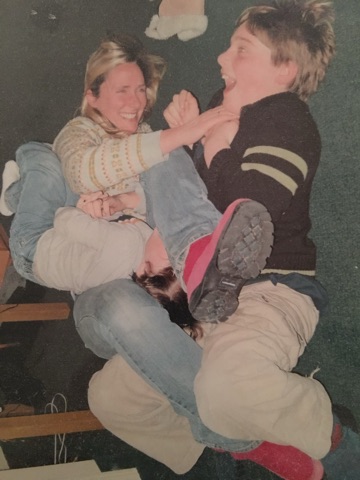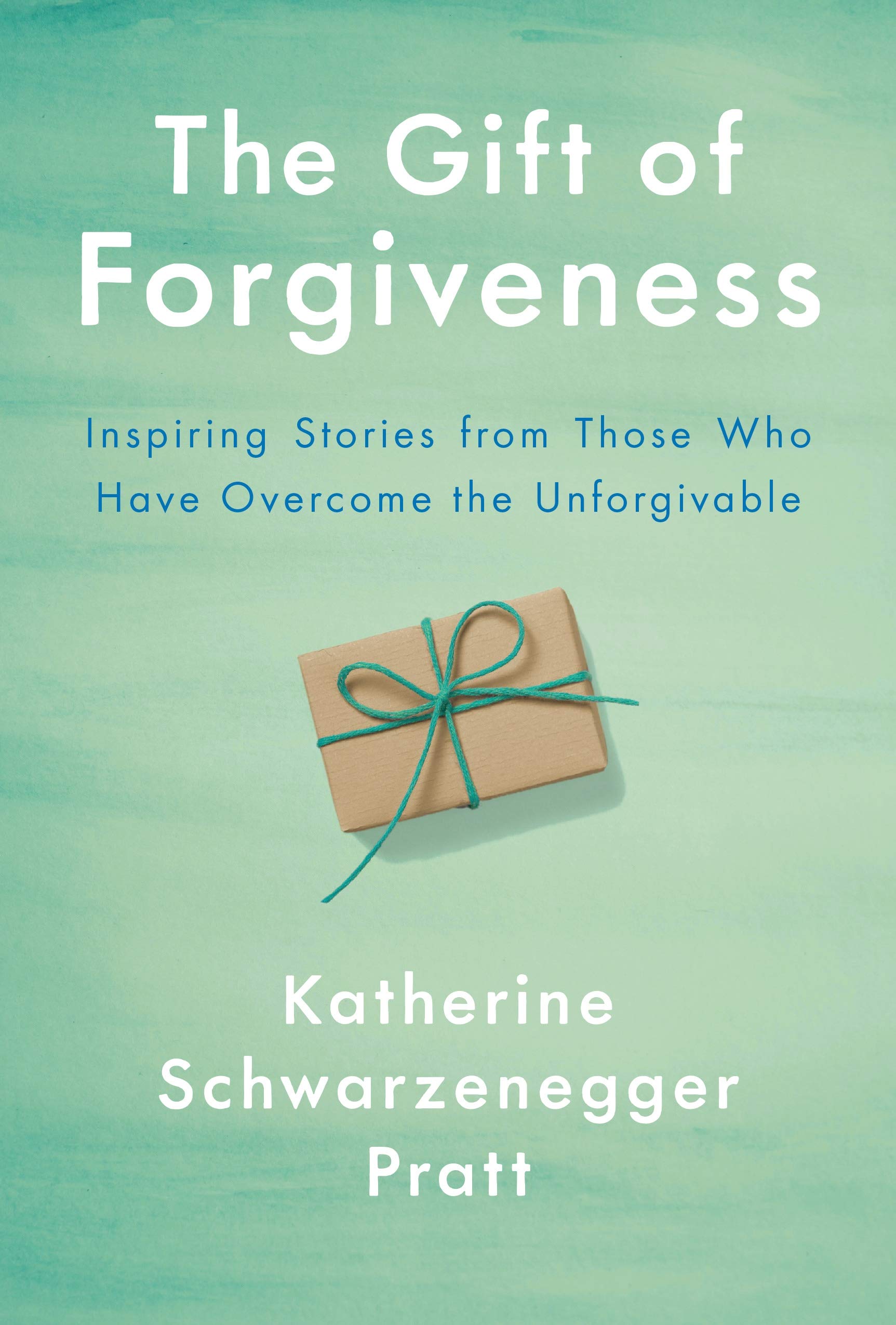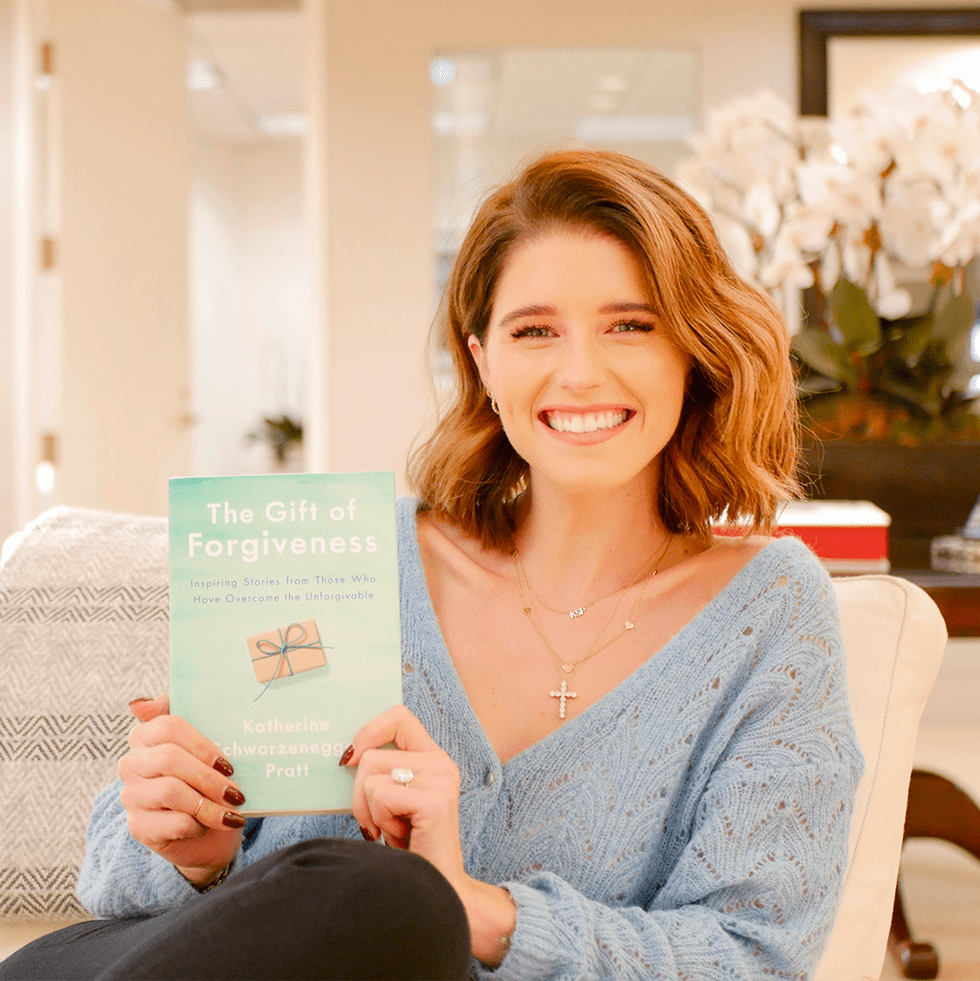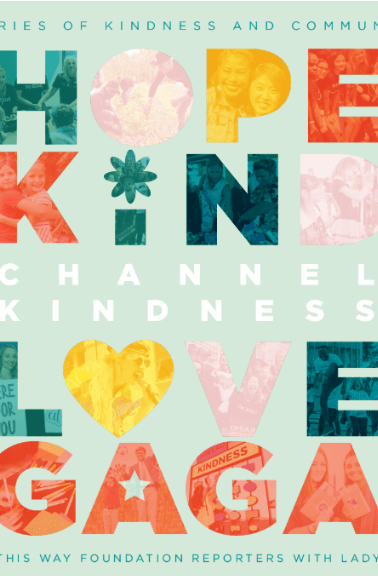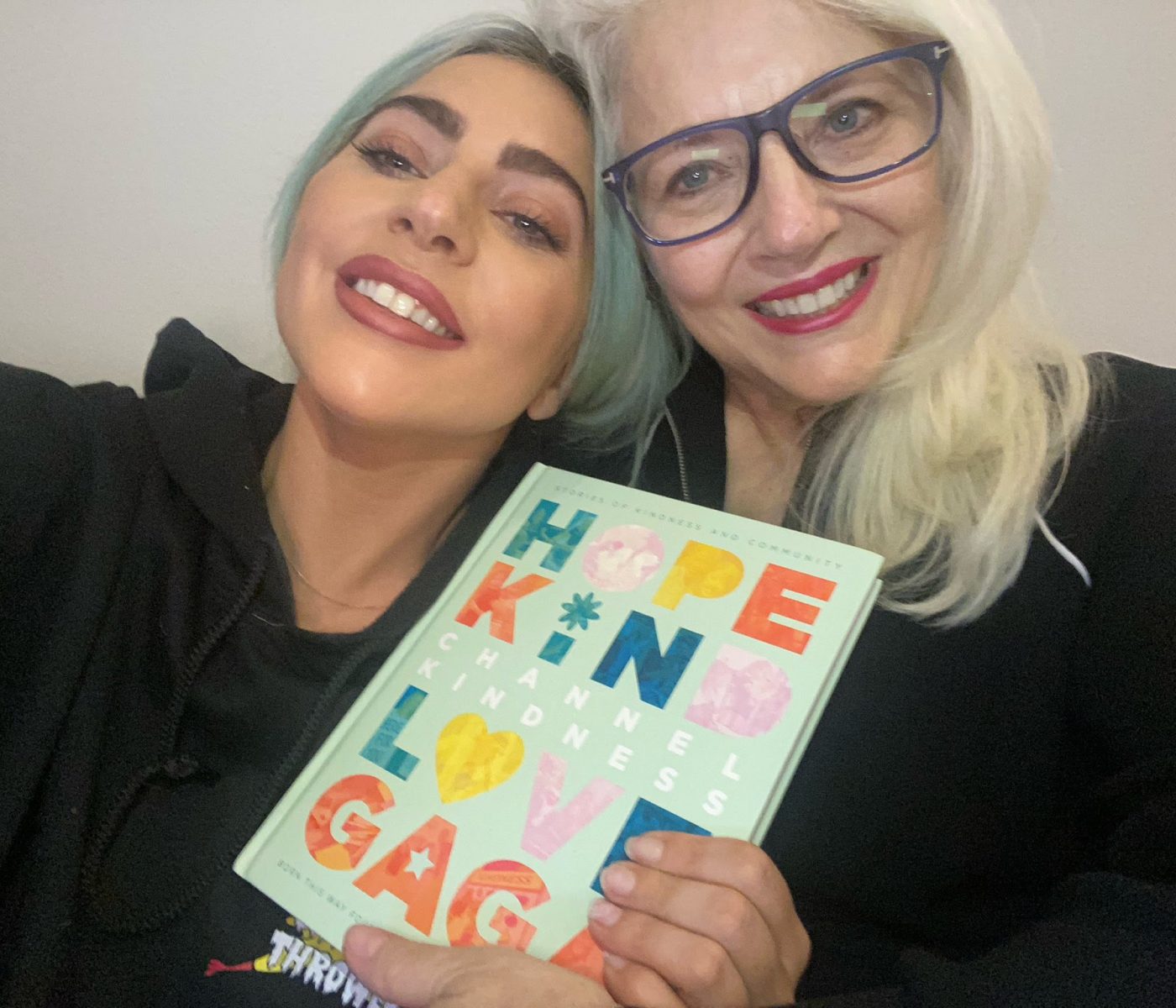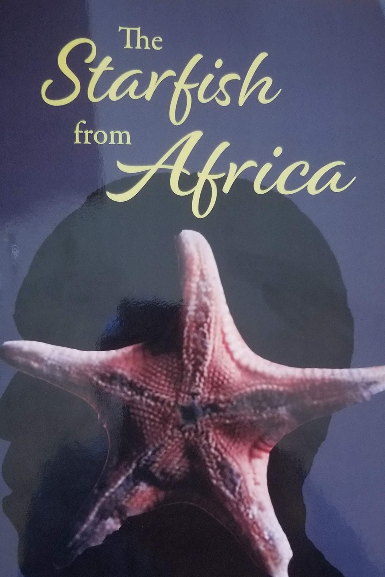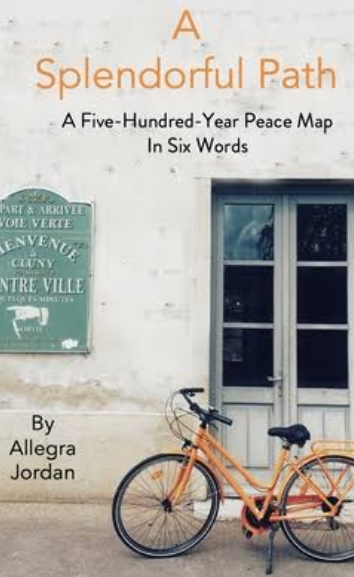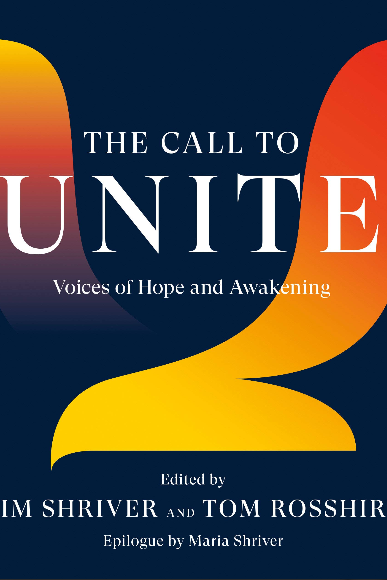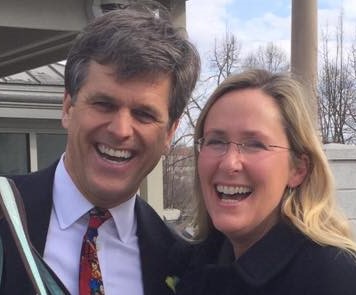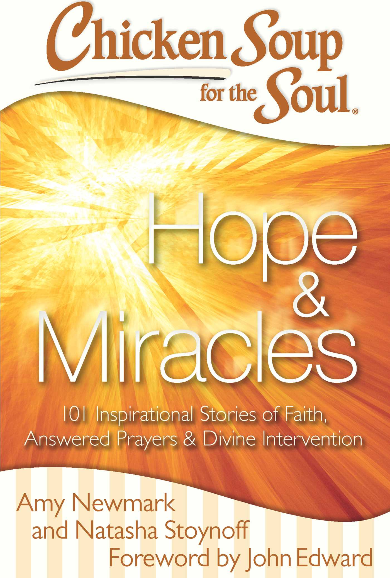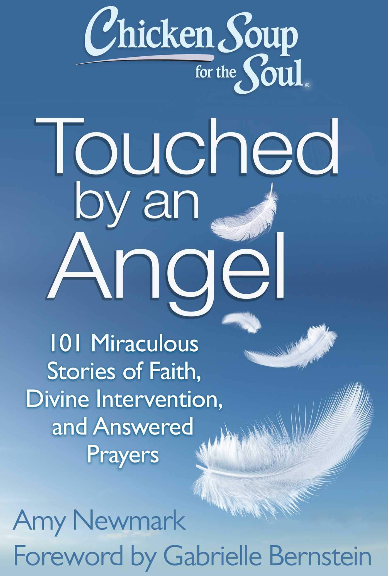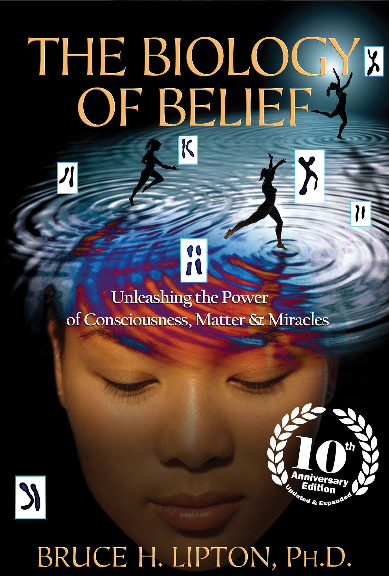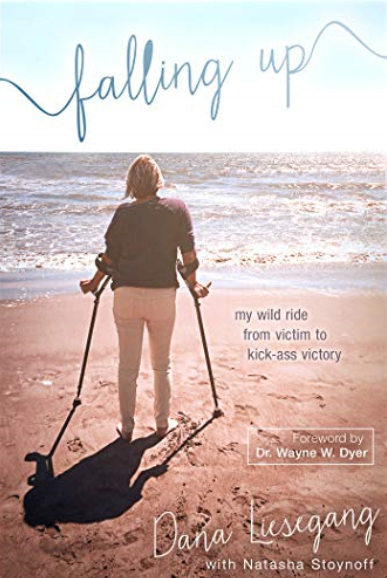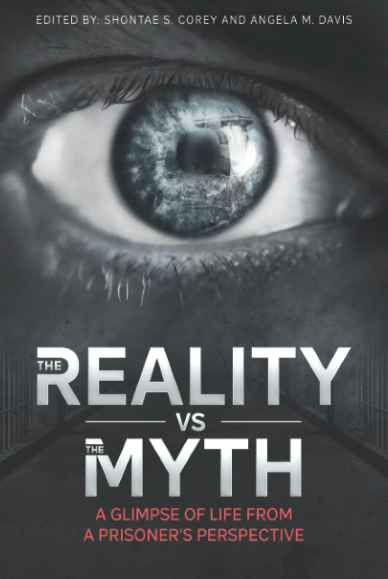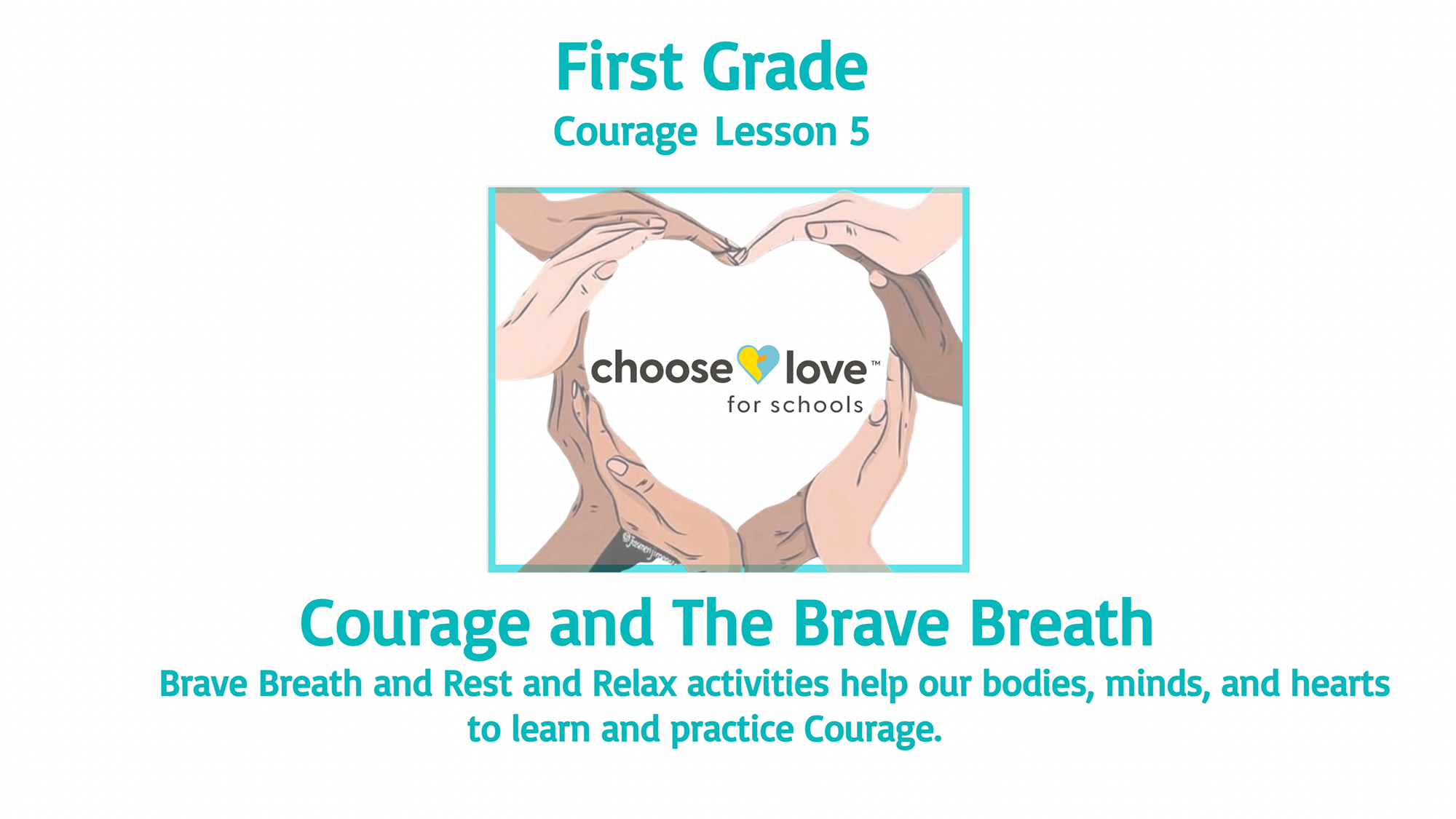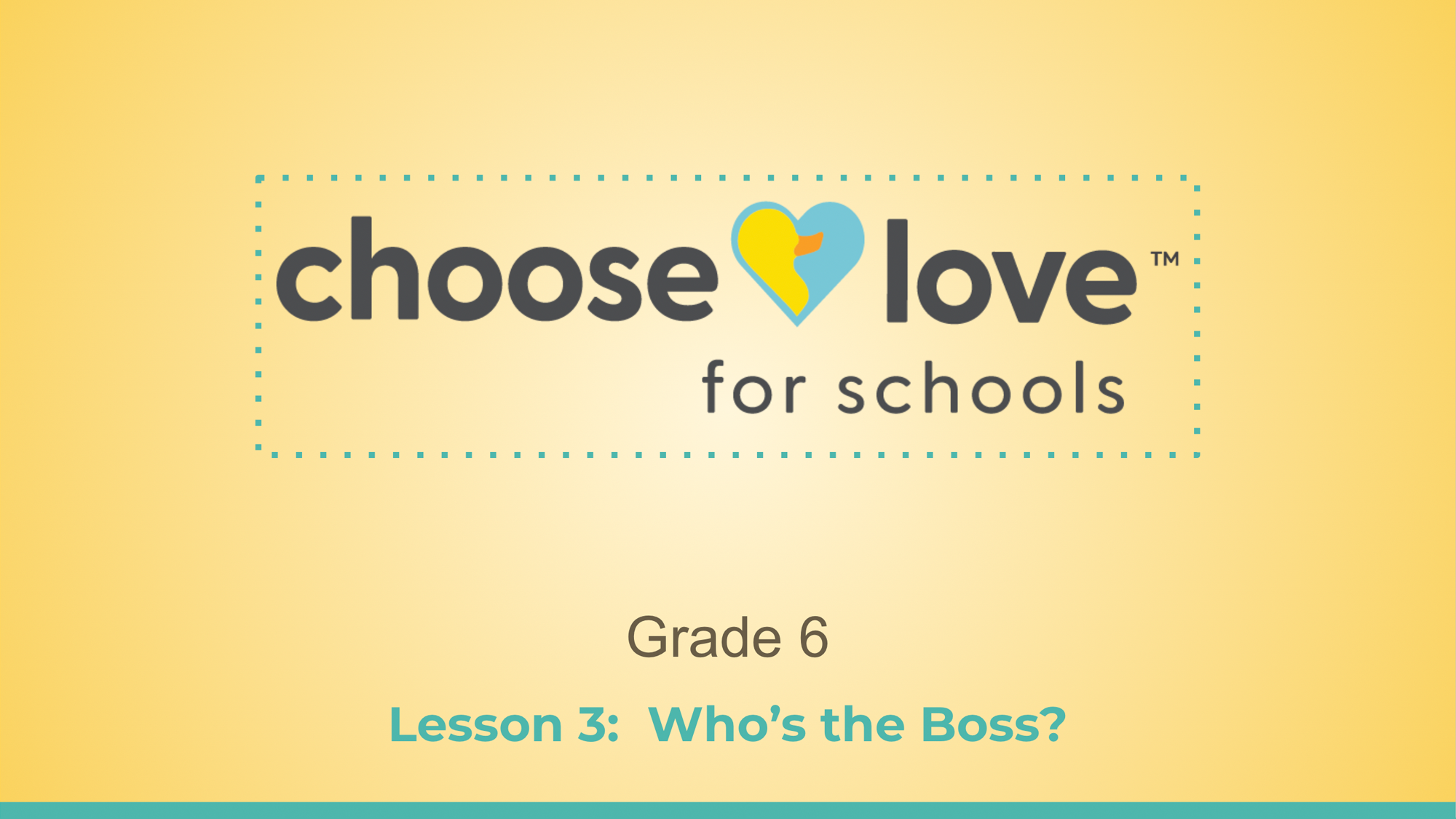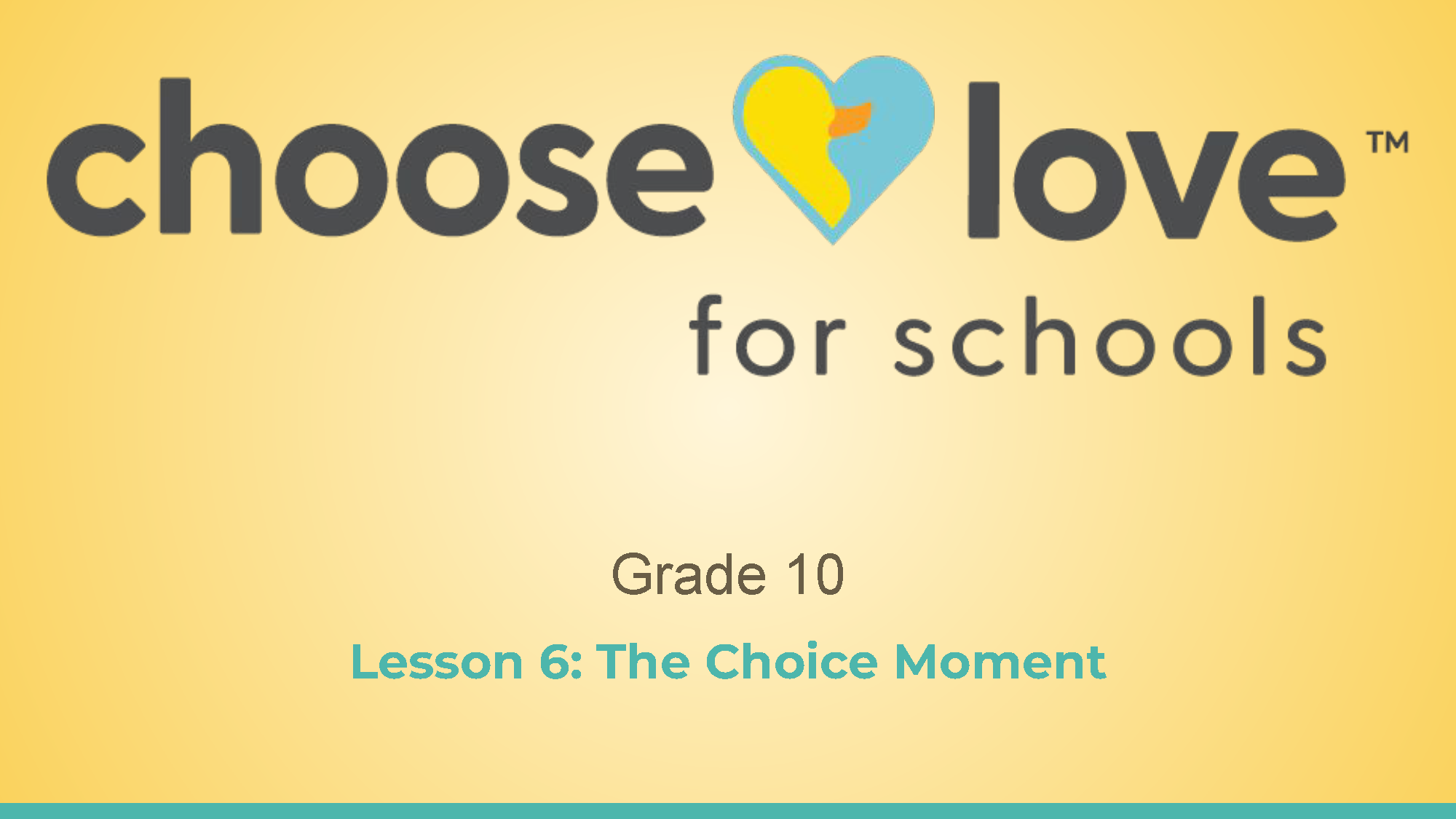I had a good life prior to December 14, 2012, the day of the Sandy Hook tragedy that took my six-year-old son Jesse’s life. I was a single mom with a full-time job, a first and seventh grader, living on a horse farm with a wonderful mother/grandmother living nearby to help, and a supportive extended family. Always on the go, I woke up early, went to bed late, and would list the day’s accomplishments in my head each night. When I woke in the morning I would thank God for another opportunity to be of service and extend my ongoing gratitude list in my head.
I remember the day that I realized I spent more waking hours each week at work than with my kids. I left our TV at Goodwill the next morning on my way to work. From then on we would play games and read together each night. I received the most out of each day by practicing being present, in the moment, where life was happening. I am so thankful for that realization because I wrangled every possible moment I could from Jesse’s life.
Following Jesse’s death I sat on my mother’s couch for days. In fact, I don’t think I was ever that still — physically sedentary — for so long in my life, yet mentally I was coming to terms with my new reality. I had never experienced the feelings I was having. The pain was indescribable, the emptiness excruciating. Yet the awareness of those emotions enabled me to realize other feelings that were emerging from deep inside me. I knew it was something that I had never felt before and it resembled a rising sun with heat and brightness.
There was something that permanently shifted within me. It was a quintessential ‘aha’ moment that changed my life for the better and enabled me to do the same for so many others. My ‘What can I do?’ mindset became a mandate for action. What dawned in me was an understanding that as a member of the human race I am responsible for what is happening to my fellow humans; whereas before I would have read headlines, felt anger, and experienced helplessness, I knew now I was entrusted to act. In fact, and this might be hard to understand, I realized at that moment that I was accountable for what was happening in my community and the world, especially the safety of our children, and that I must find a way to be part of the solution.
Early at the onset of my new journey toward finding a way to help I explained my perspective during a public talk. Afterward, a woman approached me. She said, ‘School safety is great but one in five children go to bed hungry in our country each night. You should start with that!’ I was momentarily stumped. She’s right, I thought. That seems like it’s the most important thing. After thoughtful consideration, however, I realized that I couldn’t do it all. I had been given an opportunity and a platform to advocate for school safety and to teach children essential life skills. In fact, each of us has unique abilities that we can use for the betterment of the world. It is our responsibility to explore these and use them to make a difference, and in turn, it can benefit our own self, as well.
Identifying an issue and then acting to solve the problem is the definition of the fourth pillar of our Choose Love Formula: Compassion-in-Action. The scientific research supporting this pillar tells us that all the ‘nurturing healing love’ we give out comes back to us. When we practice Compassion-in-Action, i.e., do for others, our brain releases oxytocin and other feel good neurochemicals. It’s good for our health and well-being. Helping one another cultivates connection and creates a ripple effect. When others see us doing good they want to do something for someone else, too. It evokes gratitude and relieves stress. Doing for others counteracts anger, depression, and anxiety. It increases our self-confidence and gives us a sense of purpose. We have better physical, mental, and emotional pain management and it adds years to our life. There is a 22% reduction in mortality in fact. All of this comes together to provide us with a positive perspective on life and adds to the overall quality of how we face each day.
Mother Teresa confirmed, “We can cure physical diseases with medicine, but the only cure for loneliness, despair, and hopelessness is love. There are many in the world who are dying for a piece of bread, but there are many more dying for a little love.”
What were you put on earth to do? Think carefully as you formulate your answer. I lost my son in a mass shooting and it’s through the excruciating pain and anguish that opened my eyes to the fact that I am not here to make money, to earn status, or to compete. I have dedicated my life to helping children and adults live a life of choosing love and embracing peace, compassion, and positivity. Take the time right now to look at your own life. When you figure out your response, and you put it into action, you will have fulfilled your individual pathway to flourishing and you will have done your part in helping to make the world a safer, more peaceful and loving place.
Love,
Scarlett

